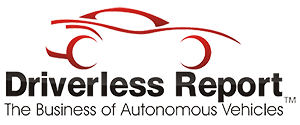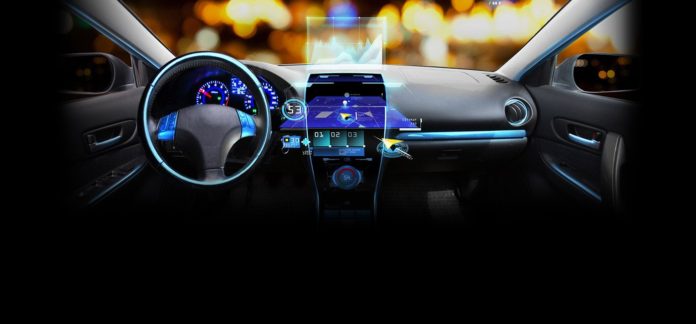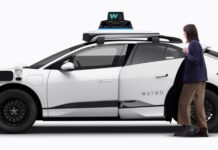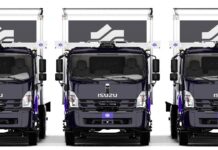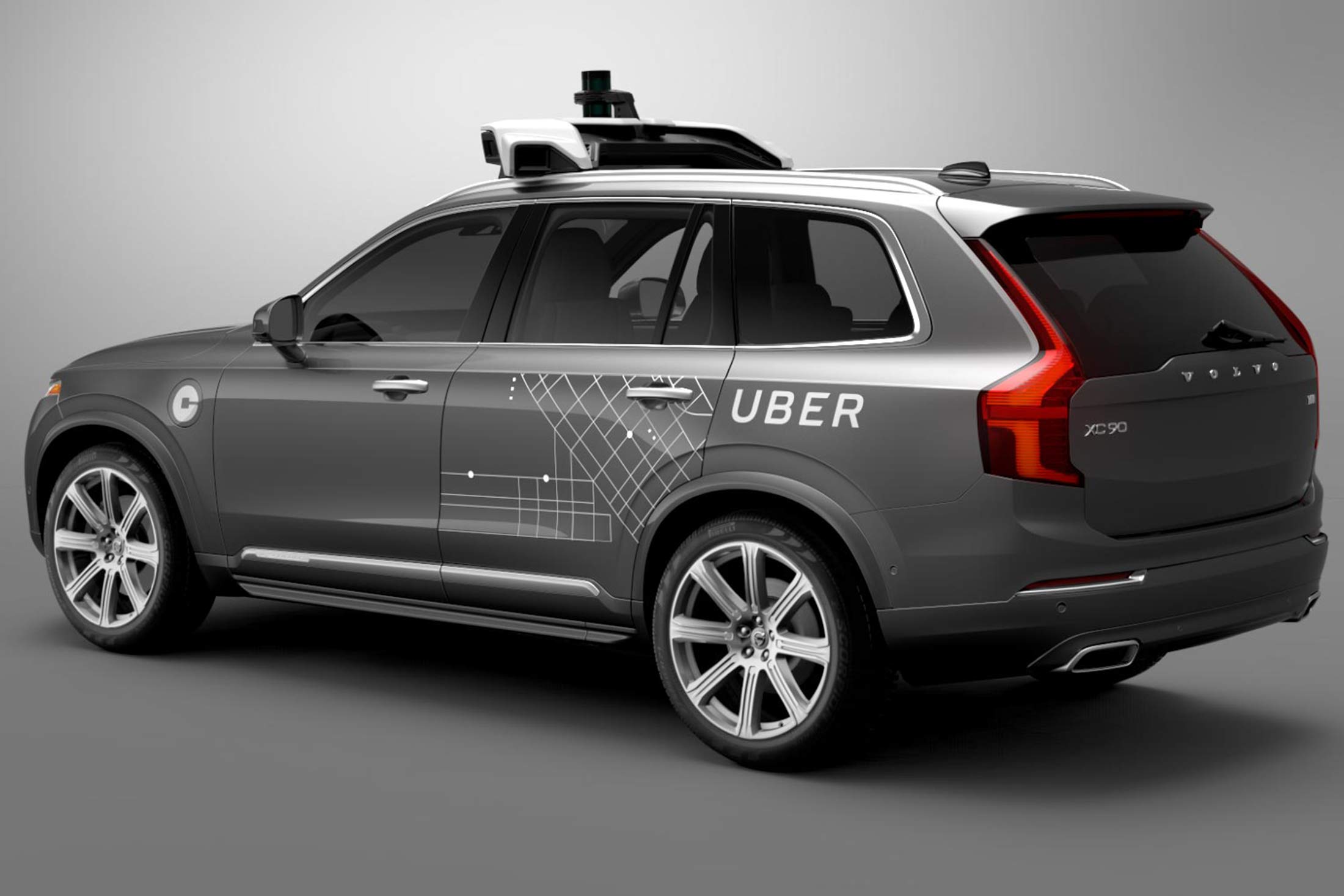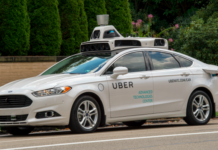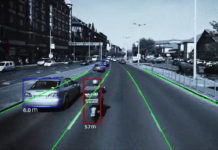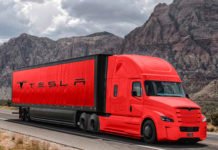Driverless Report recently interviewed Scott Frank, Airbiquity vice president of marketing, about where he sees the connected and autonomous vehicle market going…and where his company fits in.
Driverless Report: You said that Level 5 autonomy is still at least 10 years out, what is the critical foundation that needs to be laid to make it happen? Over-the-air (OTA) software and updates?
Frank: OTA software update and data management is one of many foundational hardware and software technologies for achieving autonomous SAE Level 5 transportation in the future. Other essential components are more advanced and less expensive sensors and radars, more powerful on-board processors, faster vehicle networks and broadband connectivity, stronger cybersecurity detection and mitigation, new and revised industry standards and protocols, new government legislation and regulations, and the in-vehicle and cloud-based software code and end-to-end system integration to bring it all together into a safe and secure autonomous transportation experience.
As you can see there’s a lot of heavy lifting that needs to take place before SAE Level 5 is a widely available, safe, and reliable transportation option for commercial and consumer use. However, we do expect to see a significant increase in public testing and closely managed rollouts of autonomous SAE Level 4-5 vehicle fleets in selective commercial applications starting in 2018. As learning from these rollouts is applied and tested automakers will begin a slow and steady increase in autonomous vehicle production, which is projected to reach one million units a year globally by 2026. To put this volume into perspective, one million autonomous vehicle units represents just 1 percent of 2016 global light vehicle unit production.
Driverless Report: How do automakers save an estimated $35 billion via OTA?
Frank: Automakers are very skilled at taking advantage of any cost saving opportunities they can for production vehicles. Updating software in a non-OTA enabled vehicle is a time consuming manual process that is performed by the automaker during production or authorized dealers and service providers post-production. The cost to perform manual software updates have been estimated at a minimum of $50 per half-hour of labor – and in many cases much more than that. When you factor in multiple software updates per year per vehicle, for hundreds of millions of vehicles across multiple automakers, the global expense savings estimate grows into the billions.
How big? A 2015 IHS Market report cites a $35 billion global OTA cost savings estimate—that’s a very compelling reason for automakers to invest in OTA technology for their vehicles. OTA is definitely in our transportation future as evidenced by an SBD Research analysis forecasting a third of new vehicles sold in the U.S. will support OTA updates by 2025, and GM has announced a goal for their entire vehicle portfolio to be OTA enabled by the 2020 model year.
Driverless Report: What’s the biggest trend in existing connected vehicle technology, or breakthrough technology, in 2018?
Frank: From the consumer perspective, we’ll see continued progress in advanced driver assistance system (ADAS), autonomous SAE Level 1-3, and initial artificial intelligence (AI) features in 2018-2019 model year vehicles. From the supplier perspective—which is more long term—we’ll see pre-production design, planning, and supplier bidding for multi-ECU OTA software update and data management solutions (versus single-ECU solutions for head units), more advanced AI, initial vehicle-to-everything (V2X), and autonomous SAE Level 4-5 features for 2020-2022+ model years.
Regarding OTA, none of these advancements will be possible without the ability to routinely update software for vehicle systems and components and the transmission of data between the vehicle and the cloud – it’s that important. Airbiquity will play a role in enabling these advancements with our OTAmatic OTA software update and data management offering, and the company’s deep connected vehicle service delivery, software technology, and program integration experience and expertise.


